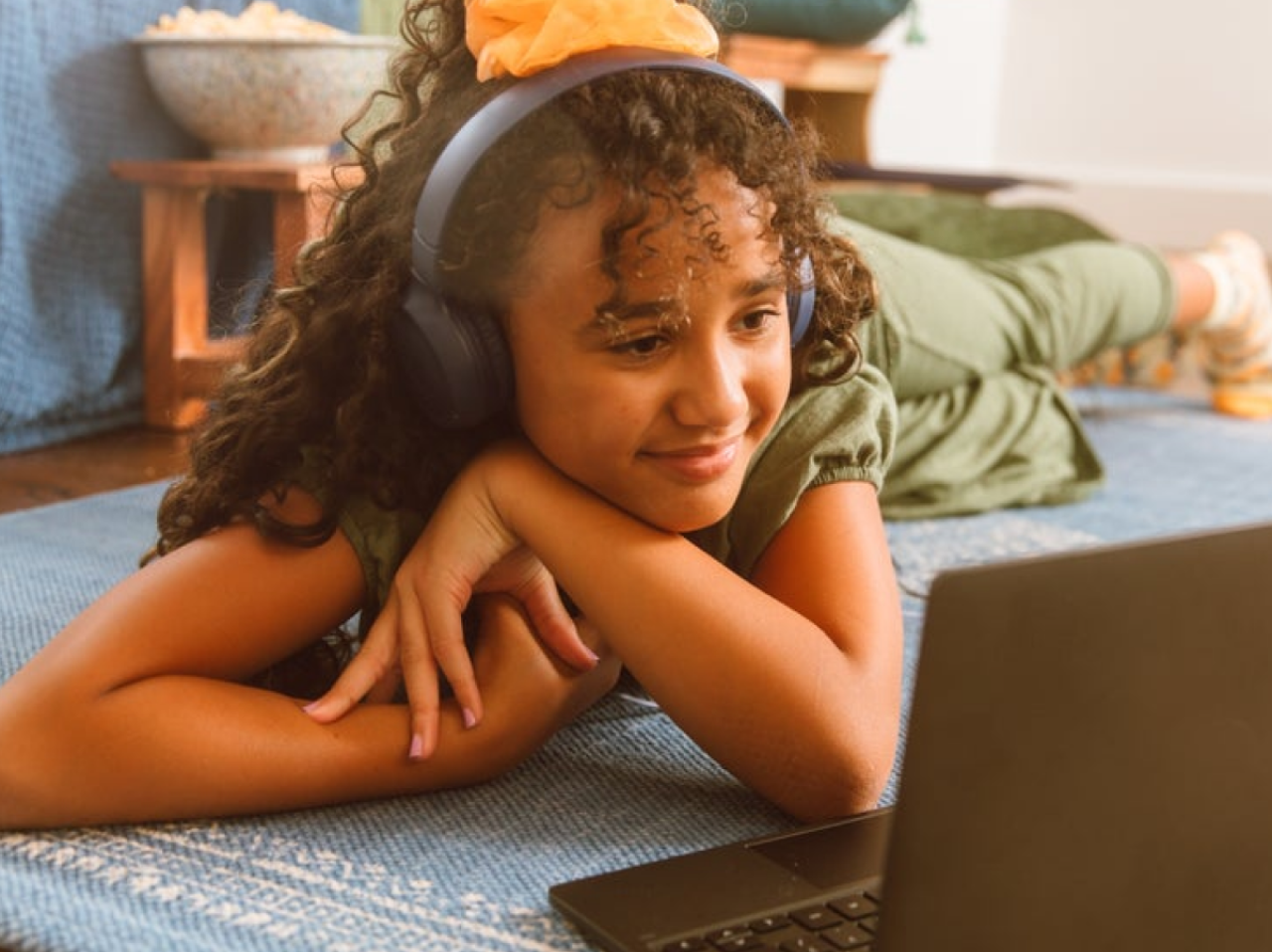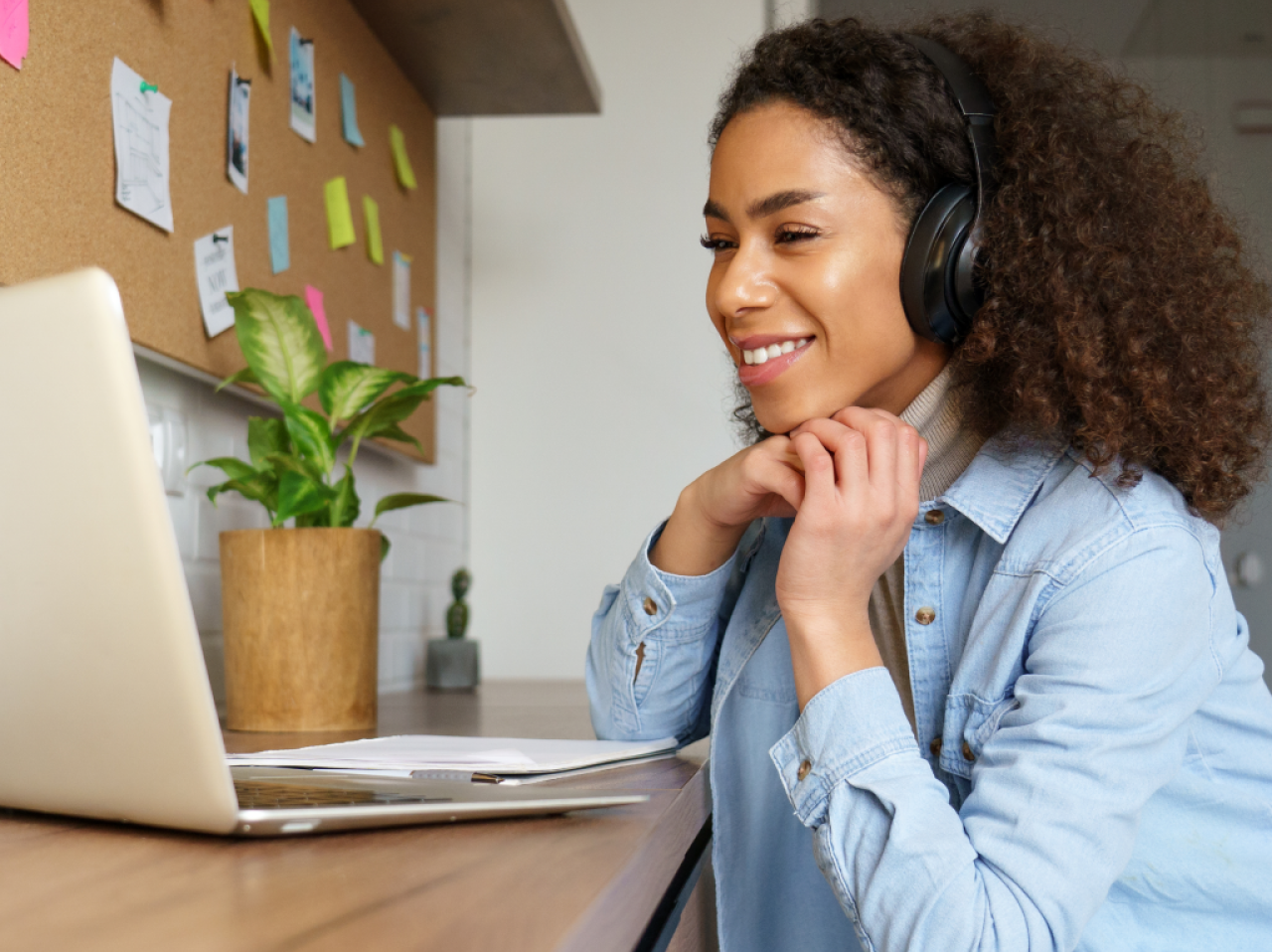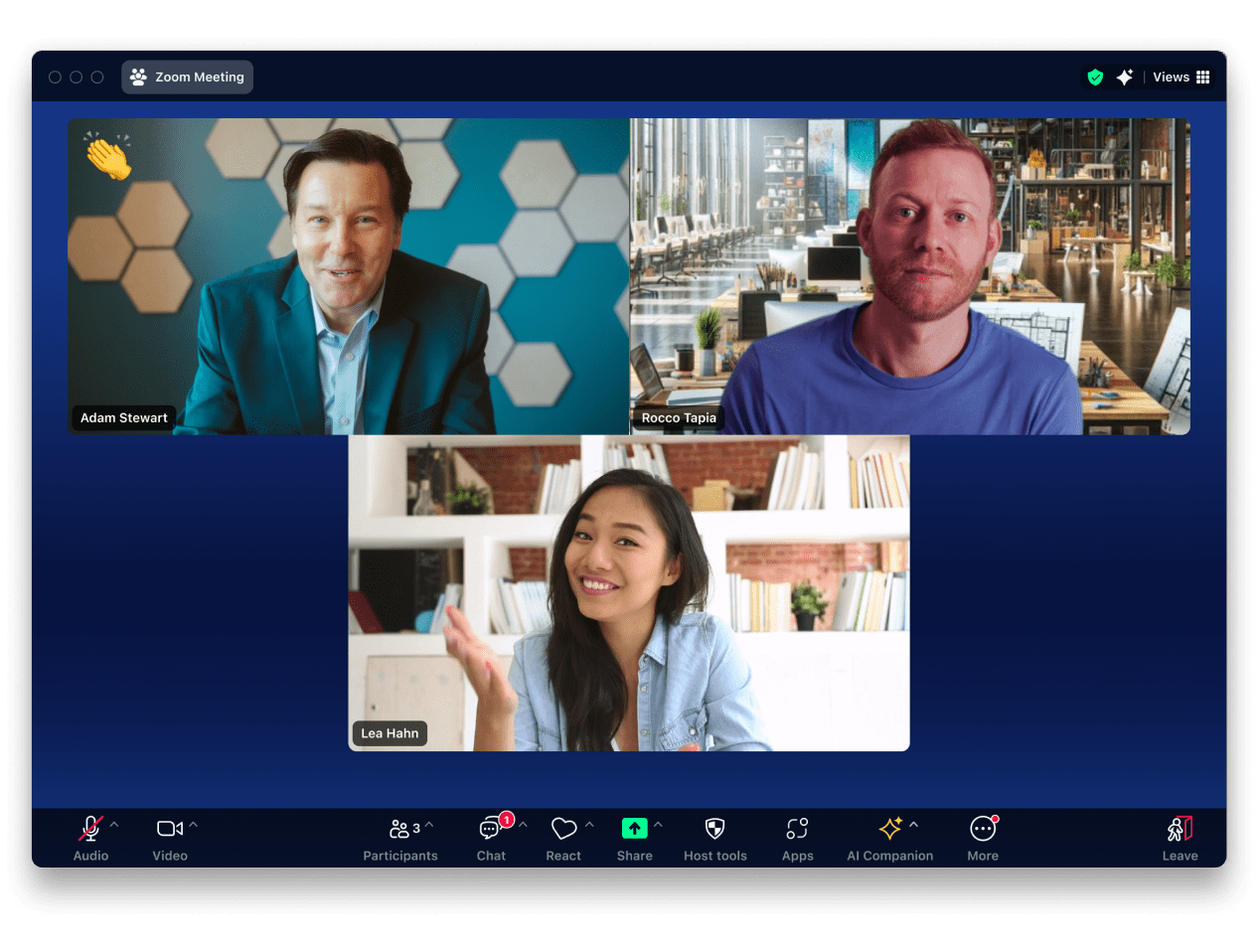Utilize non-verbal feedback (e.g., emojis) to visually show when students are ready, need more time, have questions, etc. The teacher can also set different reaction emojis as a different response that they can communicate visually throughout the lesson. This strategy allows students to quickly communicate in a safe and fun way.
Virtual Non-verbal Cues
APPROXIMATE TIMING: 1-3 MINUTES

Key drivers around effective learning:



Developed with The Learning Accelerator
